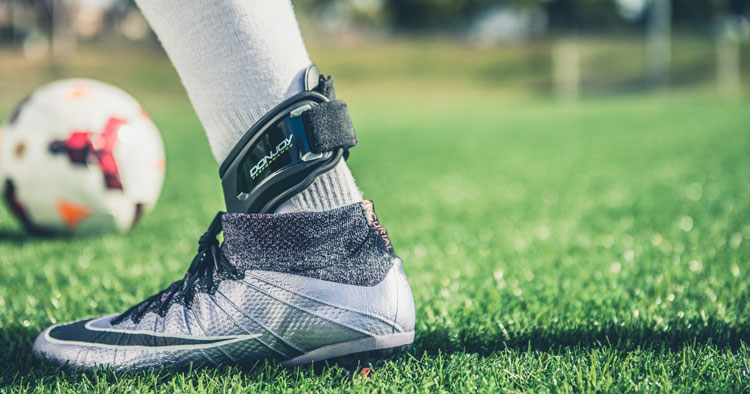Injury Rehabilitation and Training, Sports Injuries and Management
Recovery And Prevention Of Strains And Sprains
Diagnosing Soft Tissue Injuries
The diagnosis of strains and sprains is achieved though a history of the causative factor/s, physical assessment and through excluding other causes for symptoms such as fractures, or non-mechanical causes. Imaging to assist diagnosis of a suspected sprain or strain may be requested if the source of the issue can’t be determined through the above clinical assessment approach. Imaging may take to form of X-ray or CT imaging to exclude fractures as a source of symptoms or ultrasound scans and MRI to assess the extent of any soft tissue injury.
Return To Play Following Soft Tissue Injuries
Some discomfort during the recovery process is common with the overall return to play time frames being injury specific and varying from person to person. However, rough guidelines can be offered where for most mild to moderate sprains and strains a loose goal would be restoring mobility, strength and function at around 3-12 weeks. Obviously more severe injuries can take even longer than three months to get a full return in function. Regardless of severity any return to play is best managed by a graduated return and sometimes extra precaution to protect recovering tissue may be recommended such as the use of bracing or application of sports taping techniques for a period of time. Your physiotherapist has a well positioned skill set to help guide you on the appropriateness and timing of any return to play, provided remedial treatment, prescribe rehabilitation exercises and prescribe relevant bracing and/or taping options.
Preventing Strains And Sprains
Some sprains and strains will occur regardless of being “in shape” and appropriately conditioned for your chosen activities. Accidents happen and sprains to ligaments in particular may occur as the result of accidents impacting the joint and associated soft tissues. Such incidents may occur during sport from being tackled or landing awkwardly, or as a result of exercising on uneven surfaces triggering a fall or twist as can commonly occur at the ankle.
Some of the following tips may help reduce an individuals chances of suffering a sprain or strain injury:
- Warm up appropriately for your chosen sports, preparing your tissues for the physical activity ahead is a good way to prepare muscles and tendons for the work ahead and prevent a strain.
- Exercise regularly, remaining consistent with your level activity and only making gradual changes to your routine will allow appropriate time for your body to adapt to any changes without risking straining a muscle or tendon through overload.
- Consider equipment demands with regard to the conditions and sporting requirements. Always wear and/or use appropriate equipment for the activity being carried out. Ill-fitting, poorly made, or worn out sporting equipment may fail to provide you with the desired support and increase your risk of injury. Using equipment appropriate for the environmental conditions and training surfaces will ideally reduce any likelihood of what should be an easily avoided injury.
- Vary your activity, avoid becoming too specialized and repetitive in your training. Specialization in the general population can cause tissue overload balancing being consistent in your training without being to specialized can be a challenge to get right but varying your training from day to day allows tissues to get a break. Generally this is more relevant in individuals training 6+ days a week or multiple sessions in a day more than the individual doing only a few sessions a week.
- Stay hydrated and avoid exhaustion. Dehydration and fatigue in particular are a potential contributors to soft tissue strains I tend to see attending our clinic.
If you suspect you have suffered a sprain or a strain and are looking for some treatment, rehabilitation or future prevention advice then our team at Sydney Physio Clinic are here to help.
Disclaimer: Sydney Physio Clinic does not endorse any treatments, procedures, products mentioned. This information is provided as an educational service and is not intended to serve as medical advice. Anyone seeking specific advice or assistance regarding Recovery and Prevention Of Strains And Sprains should consult his or her general practitioner, sports medicine specialist, or physiotherapist.


